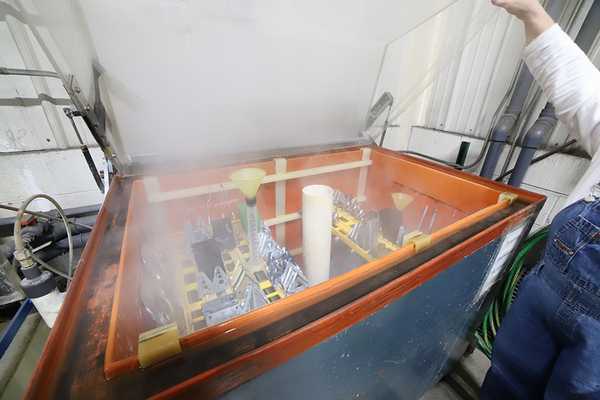- Qinsun Instruments Co., Ltd.
- Tell:+86-21-6780 0179
- Phone:+86-17740808215
- Address:No. 2578 Minhang District Gu Dai Road, Shanghai
- Contact:Mr. Li
- QQ:846490659
Environmental air detection

Environmental air detection is the regular or continuous monitoring of pollutants present in the air, to determine whether the air quality meets the national air quality standards and provide a basis for predicting air pollution.
In recent years, with the popularity of buying houses and the serious impact of decoration pollution on people's physical health, the global population's incidence and mortality rates have also increased. This is largely due to the serious exceeding of harmful substances contained in the building materials used in construction. If the construction quality is poor, the ambient air in the city will seriously deteriorate. If soluble heavy metals (lead, cadmium, chromium, mercury), free formaldehyde, formaldehyde, VOC, benzene, toluene, xylene, ethylbenzene, vinyl chloride monomers, styrene, ammonia, chlorine, radon and other harmful substances are contained in the environment of people's daily work and life, it can easily cause pharyngitis, chest tightness, dizziness, vision loss, and skin blistering. Severe cases can affect the human immune system, cause blood diseases and other serious illnesses, and even lead to cancer.
Testing items
Introduction to Air Pollutants in Public Places Air Testing Office Air Testing Indoor Decoration Air Testing Vehicle Air Testing Engineering Supervision (Air Quality Acceptance for Newly Built and Fully Decorated Buildings)
formaldehyde
The source of formaldehyde: Various artificial boards (such as particleboard, fiberboard, plywood, etc.) can contain formaldehyde due to the use of adhesives. The production of modern furniture and the decoration and laying of walls and floors all require the use of adhesives. Wherever a large amount of adhesive is used, formaldehyde will always be released. In addition, some chemical fiber carpets and paint coatings also contain a certain amount of formaldehyde.
The harm of formaldehyde to the human body: It has a stimulating effect on the skin and mucous membranes. Formaldehyde is a toxic substance that can bind with proteins. When inhaled at high concentrations, it can cause severe respiratory irritation and edema, eye irritation, and headache.
Benzene derivatives
The sources of benzene compounds mainly come from chemical raw materials widely used in building decoration, such as coatings, wood paints, adhesives, and various organic solvents. During the film-forming and curing process of coatings, volatile components such as formaldehyde and benzene can be released from the coatings, causing pollution.
The harm of benzene derivatives to the human body: Long term inhalation can damage the human circulatory system and hematopoietic function, leading to leukemia. In addition, women are particularly sensitive to inhalation of benzene, and long-term inhalation of benzene during pregnancy can lead to fetal malformations and miscarriage.
TVOC
The source of TVOC: Indoor TVOC is mainly emitted from building materials, interior decoration materials, and household and office supplies. Such as wood-based panels, foam thermal insulation materials and plastic plates in building materials; Paint, coatings, adhesives, wallpapers, carpets in interior decoration materials; Cosmetics, detergents, etc. used in daily life; Office supplies mainly refer to inks, copiers, typewriters, etc; In addition, household fuels and smoking, human excrement and outdoor industrial exhaust, automobile exhaust, and photochemical pollution also affect the total volatile organic compounds indoors.





